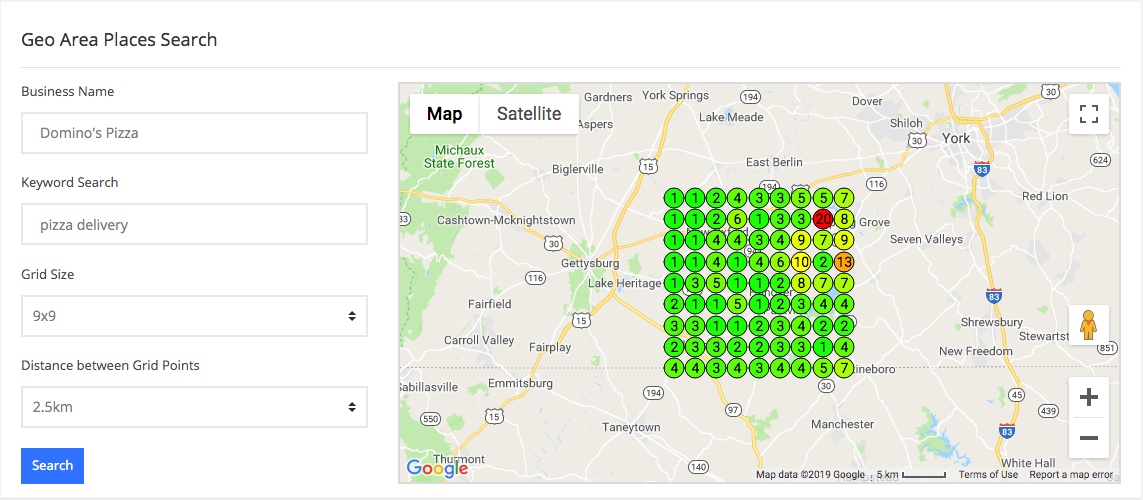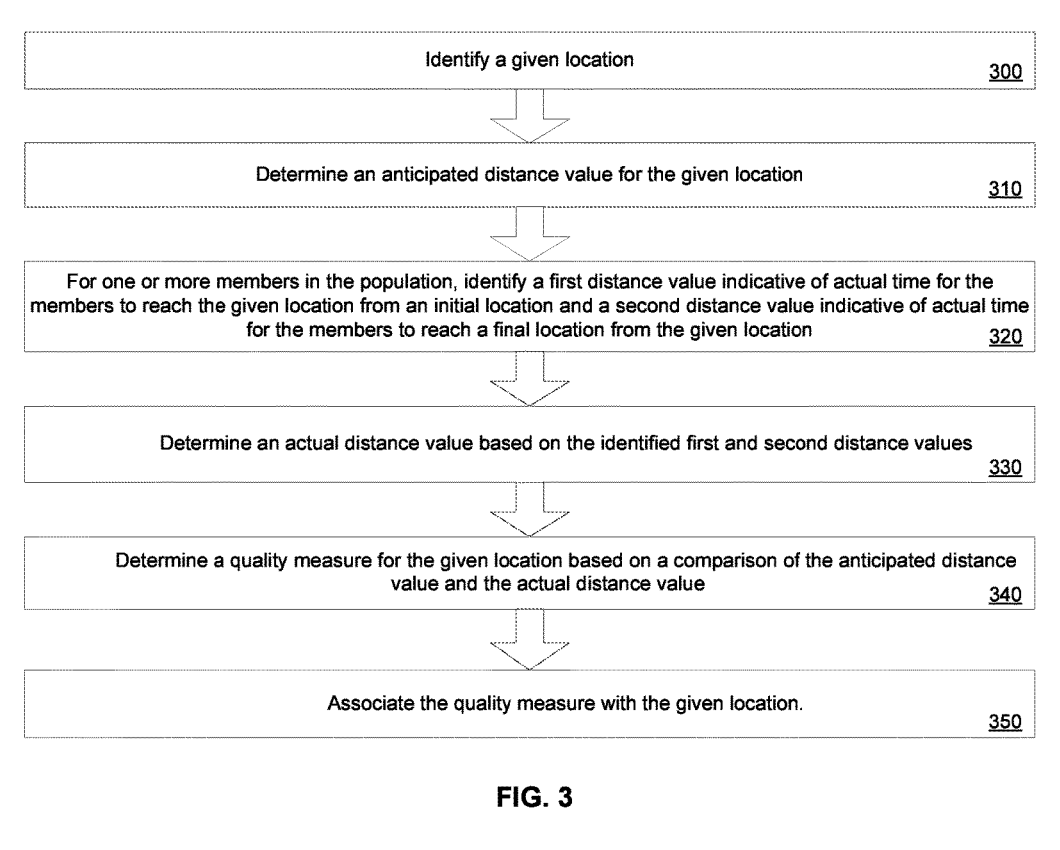Why You Aren’t Getting Value and Results From Your Local Rank Tracker
There are many reasons why your rank tracker isn’t delivering results at the highest level. The problem may be the rank tracking software itself or the methods used to track rankings. For most tools, the latter seems to be the culprit. For a piece of software to claim the title of the best rank tracker, it needs to evolve and constantly add on new features for it to survive the current local SEO climate.
Many agencies will agree that they’ve had some back and forth with their clients regarding their ranking expectations and the results delivered. A sure way to address this problem is to use a rank tracker that does its job. Seeing as ranking is grossly affected by the location and proximity of the person performing the search, you’re likely to get a different search result from your client, and this may cause a bit of confusion. The impact of proximity on rankings has also rendered conventional rank tracking, especially after the Possum update was rolled out.
The effect of location on ranking and search results can very specifically be traced back to Google’s patent detailing the effect of the user’s distance and the business location. The patent reads:
“Methods and apparatus related to associating a quality measure with a given location. For example, an anticipated distance value for a given location may be identified that is indicative of the anticipated time and/or distance to reach the given location. At least one actual distance may be identified that is indicative of the actual time for one or more members to reach the given location. In some implementations, the anticipated/actual distance values may include one or more distributions. A quality measure is then determined based on a comparison of the anticipated distance value and the identified actual distance value. The quality measure is associated with the given location. The quality measure may be further based on additional factors.”
The content of the patent is further summarized in the image below:
From the patent and the information contained in it, it is evident that Google uses the user’s location as a key determinant when selecting search results. This can give you a better insight into fixing rank tracking.
Understanding Google’s Process
To fix rank tracking, one needs to first understand the process upon which Google makes its decisions. When deciding search results, Google looks at a few things with respect to proximity. The goal, in the end, is to build a prediction model that’ll facilitate future searches for the user. Google bases each search result on the accuracy of the synchronization between the true location data of the business and where the device performing the search is located. In essence, Google uses this information to determine user intent and provide results that best match the determined intent.

The image above shows an experiment conducted to measure the accuracy of Google’s process to determine true location. The image shows that Google experiences ‘misses’ and ‘hits’ that boil down to inaccuracies in data perfection. This means that Google’s results are often determined by factors that cannot be controlled.
The image below further shows that search results may be influenced by factors like phone configuration, different networks, and whether a search is being carried out over Wi-fi or GPS.

Accuracy issues may also be affected by the environment. In the image below, there is a discrepancy between the result accuracy offered to users in an urban setting compared to a rural setting. It also shows a difference in results affected by phone configuration.

Another important factor that can affect search results is the user’s actions during the search. The image below shows hits and misses that fluctuate due to the user’s actions.

In the end, it is obvious that proximity is a huge part of Google’s toolset, especially when displaying results to users. The data above also shows how discrepancies can occur in the search result presented to two users based on other factors. The data goes a long way to suggest that no two searches are alike and that no two search results could be alike, especially when factors like network, device configuration, etc. are used to determine search results. These suggest that rank trackers may consistently bring back skewed results or inconsistent data.
How to Get Better Rank Tracking Results?
While there may not be a 100% foolproof approach to getting the best and most consistent rank tracking data, what can be done is to use a few different methods and approaches to get a result that’s closest to the mark.
Local Brand Manager is working hard to present a solution that offers what’s closest to a benchmark. The solution will involve the use of two rank tracking methods. The first, a typical rank tracker, will derive its data from scraping Google to establish a benchmark while the second, a Geohash, will modify the geodata in the browser and put the search directly in the location where the keyword is being tracked.
Local Brand Manager is injecting the ad test command into the URL to counter Google Maps’ latest update which adds some JavaScript to rectify this option and revert the browser to its actual location. With the ad test command, the location can be maintained for a better result.
The combination of the UULE parameter to geolocalize the result, the Geohash, and then locking the location in place using the &adtest=on combination isn’t the most perfect approach to get results. There is a high chance that the result will be missing the proximity effect due to the static location.

Another option would be to tap directly into the GBP API and populate data all over a city. This method, although offers great results, does not consider phone configurations or other actions that the user may take during the search. At Local Brand Manager, we have tested data collected through this method and we’ve found it accurate despite the data inaccuracy claims by some people. While the data isn’t perfect, it offers a result that’s closest to the mark.


